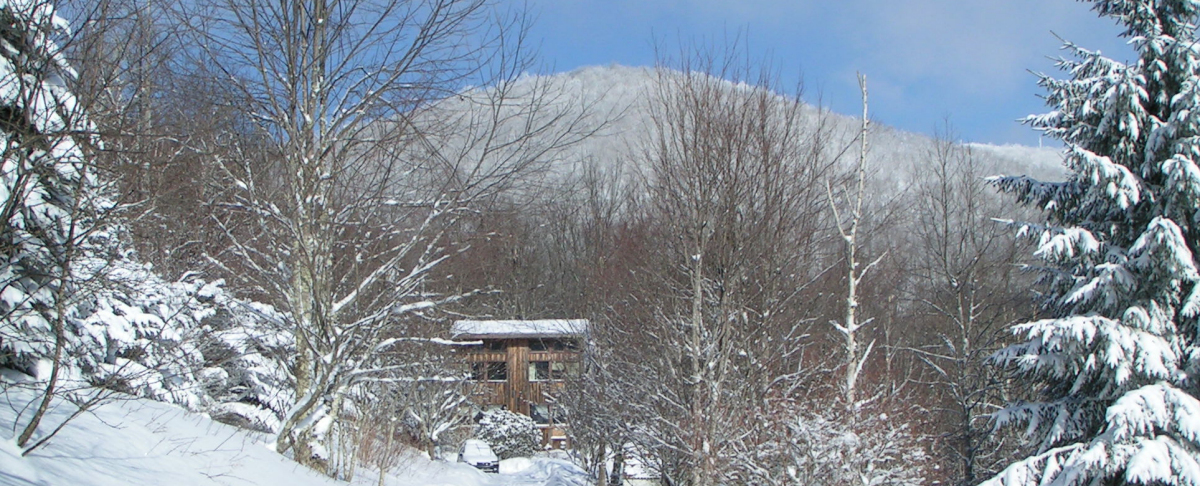When we found the property that was to become our home here on this mountainside, we were delighted to discover that there was a year-round spring in the woods near our proposed homesite. Hopefully we would not have to drill a well with all the uncertainty and expense that might involve. The spring did not produce a huge amount of water, but after making a crude dam across the spring’s outflow and measuring the average volume of water produced per minute we figured it would be satisfactory for our needs. So we had a potential source to supply our water needs, but that didn’t mean we would have free water. Both physical effort and financial input would be needed before we could make use of our spring.
The area around the spring was very boggy, so we had to do a lot of digging before we could isolate the main spot where the flow of water emerged from the hillside. We built a concrete catch basin to contain the water with an overflow pipe to carry the precious liquid to a 500-gallon reservoir about thirty feet away. The water could now be collected, but unfortunately the spring was several hundred feet from the planned house location. It also was situated at an elevation about fifty feet lower than the house would be, so there could be no gravity-fed water supply; we would need to pump our water uphill to the house.
Whenever we could install a pump in the reservoir we would be able to send our always-cold mountain spring water through a pipe (buried three feet deep to prevent freezing in the winter) to our house. But it would be another year and a half before we completed installing our house wiring and plumbing and received the inspector’s final approval. Once that happened we finally had our spring water on tap in the house, to enjoy at the turn of a faucet.
Enjoy it we do! Cold mountain spring water on demand, naturally chilled to about 40 degrees (the average year-round temperature of the earth through which the water flows to the spring). People pay a dollar or more per liter for spring water in the grocery store. We’re able to use it for watering the garden, washing clothes, showering, cooking, and best of all for drinking.
The work involved in accessing our spring water is not completely behind us. The spring has never failed us during almost 39 years living here, even during drought years. Pumps on the other hand have failed all too frequently. Sometimes the pumps have suffered from lightning strikes, but usually it’s just been wear and tear. Unfortunately, the equipment failures seem to occur during the night, rainstorms, winter, or all three. Correcting the problem usually requires multiple treks down the hill to the spring and back, carrying tools and replacement pump, working by flashlight, communicating by walkie-talkie to turn electricity off and on at the house, and checking to see if everything is working yet.
It may not be what most people would consider the perfect setup, but we believe it’s been worth the effort. At the end of a hot day working in the garden or whatever project we’ve been involved with, we can sit and enjoy a nice cool glass of our mountain spring water. Plus we have the satisfaction of knowing we made it happen.
